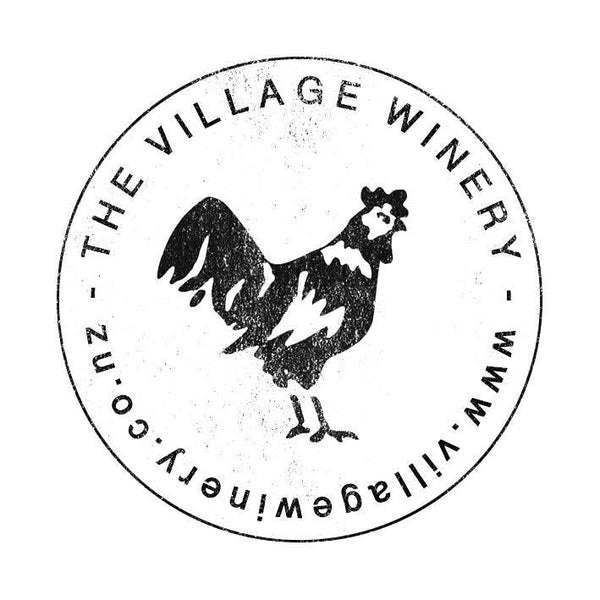Champagne Chartogne-Taillet Chemin de Reims Extra Brut 2018 750ml
100% Chardonnay.
Single Vineyard 'Chemin de Reims'
Harvest 2018
Vinification: Barrels
Bottled July 2019
Dosage 6g/L.
Disgorged from April 2023.
Reviews:
The Wine Advocate: William Kelley
"In the beginning was Anselme," recounts Alexandre Chartogne, when I ask him to tell the story of his meteoric rise to number among the stars of the grower Champagne movement. "It was Anselme Selosse who taught me that a winegrower's responsibility is to understand his terroir. So I came home to Merfy and started digging holes." Chartogne duly discovered that his soils were very different from those of the Côte de Blancs, finding inter-fingering layers of marine sands, loess, sandstone and clay in around ten different configurations in his different parcels. Those differences, he noted, corresponded to the delimitation of Merfy's climats, and looking back to the village's pre-revolutionary history, Chartogne attributes that precision to the Benedictine monks who once farmed this region—harking back to a terroir-focused viticultural era when wine growing in Champagne had more in common with wine growing in Burgundy. Today, Alexandre Chartogne is trying to recapture that spirit.
Chartogne, it will be clear, is a thoughtful man, seriously committed to letting each of his various parcels express its own identity. In the vineyards, that means no herbicides, pesticides or synthetic fertilizers, as well as cultivated soils—half of his parcels are plowed by horse. In the winery, fermentation takes place with ambient microflora, and Chartogne favors wooden barrels or demi-muids. Dosage is minimal. That translates to a vinous, incisive style that's increasingly concentrated and tightly wound. Clearly differentiated by site, Chartogne's wines sometimes show a delicate patina from their time in barrel, but that tends to integrate with a little bottle age. Like the wines of his mentor, Anselme Selosse, these are very far from being fruit-driven wines despite their scale and power, for they're undeniably mineral and soil-driven. Since Chartogne is keeping back more and more wine, the quantities of his elusive single-vineyard bottlings are smaller and smaller, and these are not easy Champagnes to find. But happily, his largest cuvée, the tank-fermented Saint-Anne, is an excellent offering that remains great value, and I see no substance in accusations that its quality has deteriorated as Chartogne produces more and more lieu-dit bottlings.










